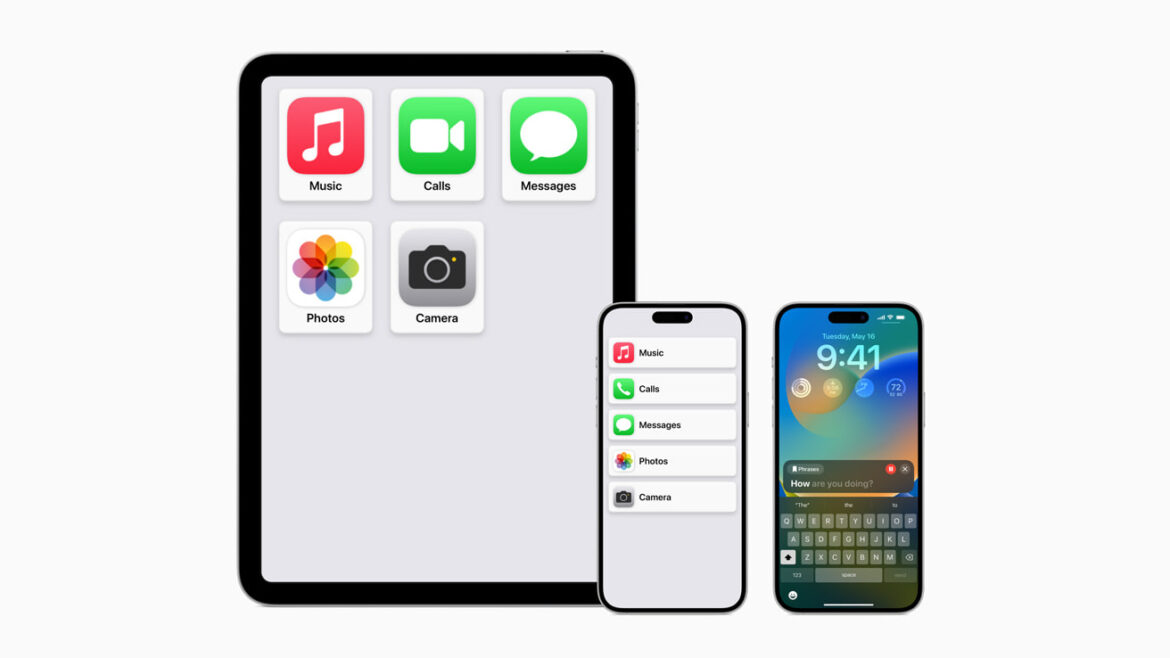The iPhone is a powerful device that has changed the way we communicate, socialize, and work. But as technology continues to evolve, it’s important that our devices become more accessible for everyone, regardless of their abilities. Fortunately, the iPhone has a range of built-in accessibility features that allow users with disabilities to navigate, communicate, and use their device with ease. In this article, we will explore some of the accessibility features available on the iPhone.
VoiceOver
VoiceOver is a powerful screen reader that reads out the content on your iPhone screen, making it possible for visually impaired users to navigate their device. With voice guidance, users can hear the name of each app, the content of each page, and even descriptions of the button or interface elements they’re interacting with. To use VoiceOver, go to Settings > Accessibility > VoiceOver and turn it on.
Magnifier
The Magnifier feature on the iPhone allows users to use their device’s camera as a magnifying glass to zoom in on small text or objects. To use this feature, go to Settings > Accessibility > Magnifier and turn it on. This is especially useful for users with low vision or those who have difficulty reading small text.
AssistiveTouch
AssistiveTouch is a feature that allows users with motor impairments to interact with their iPhone by using customizable gestures or a virtual button. With AssistiveTouch, users can perform multi-tap gestures, adjust volume, lock the screen, and access their favorite apps without pressing buttons. To turn on this feature, click Settings > Accessibility > Touch > AssistiveTouch.
Closed Captions
The iPhone’s Closed Captions feature allows users who are deaf or hard-of-hearing to read captions while watching videos or talking on the phone. This feature is available on many apps, including YouTube, Netflix, and FaceTime. To turn on closed captions on the iPhone, go to Settings > Accessibility > Hearing > Subtitles & Captioning.
Face ID and Touch ID
Face ID and Touch ID are convenient features that allow users to unlock their iPhone using facial recognition or a fingerprint. These features are particularly helpful for users with dexterity or mobility impairments as they can quickly and easily access their devices without entering a password or using a keyboard.
Speak Screen
Speak Screen is a feature that allows users to have their iPhone read out the content of the current screen with just a simple gesture. To turn on this feature, go to Settings > Accessibility > Spoken Content > Speak Screen. Users can then swipe down with two fingers from the top of the screen to have the content spoken to them.
Text to Speech
Text to speech is a feature that allows users to have their iPhone read out any text on the screen, including web pages, emails, and messages. To use this feature, go to Settings > Accessibility > Spoken Content > Speak Selection. Users can then select any block of text and have it read out by tapping the Speak button.
Conclusion
The iPhone’s accessibility features are designed to help users with disabilities to navigate, communicate, and use their device with ease. From VoiceOver to Magnifier, AssistiveTouch to Closed Captions, these features make it possible for everyone to access the features and functions offered by the iPhone. By enabling these features, iPhone users with disabilities can enjoy the many benefits of smartphone technology and interact with their device in a convenient way.
